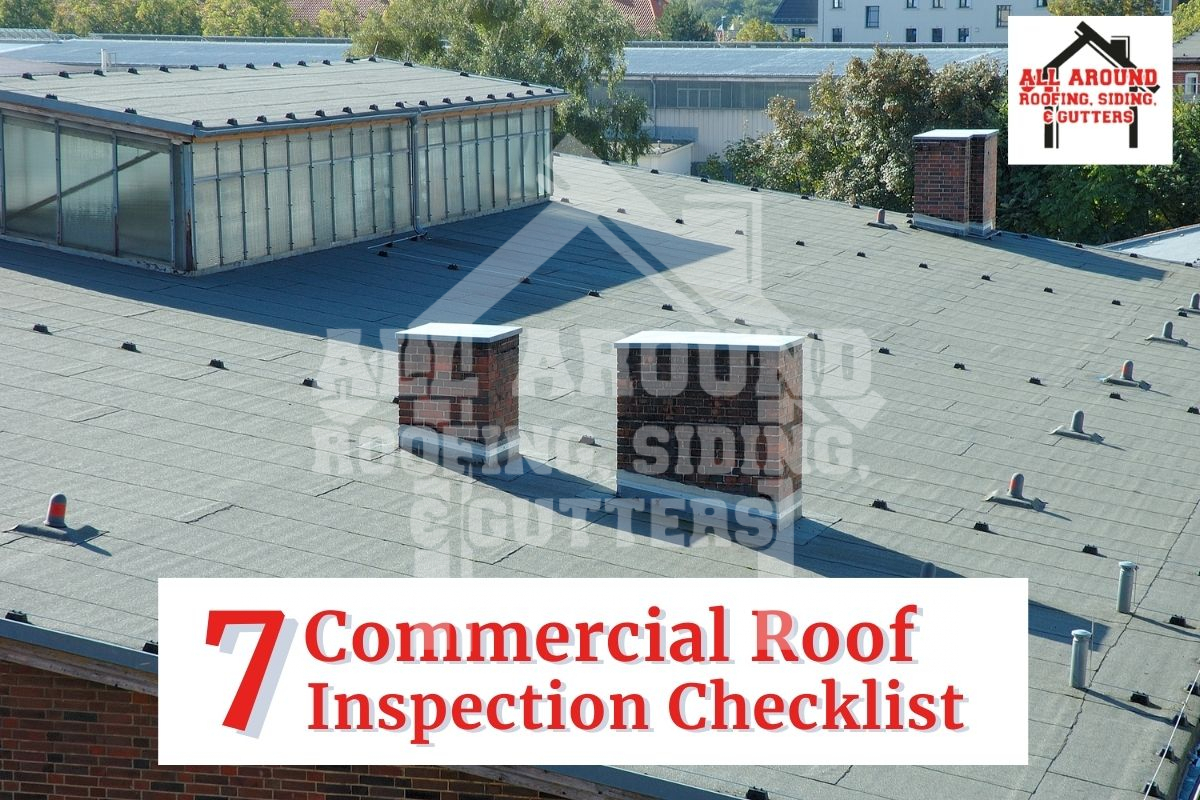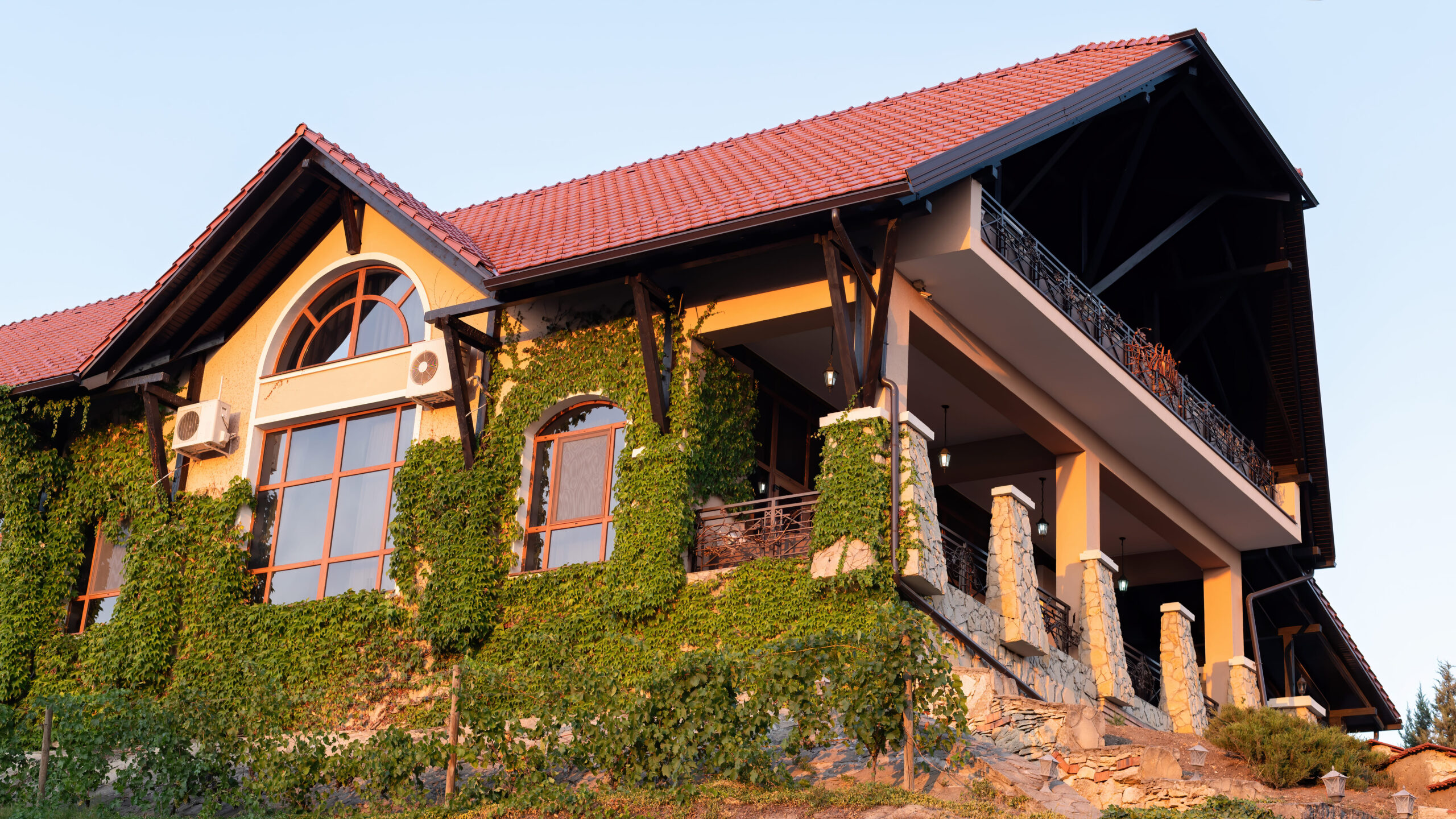A commercial roof inspection is the first step toward identifying problems with your roof. It enables you to address all the existing damages and help you plan for roof maintenance or repair. However, leaving any area uninspected can result in major problems down the line.
If you plan to inspect your commercial roof yourself, a commercial roofing inspection checklist can be a guide. This will ensure that every corner of your roof is checked for issues. In this blog post, we have listed common issues found during a commercial roof inspection. By keeping these problems in mind, you can effectively examine your roofing system.
1. Water Leaks
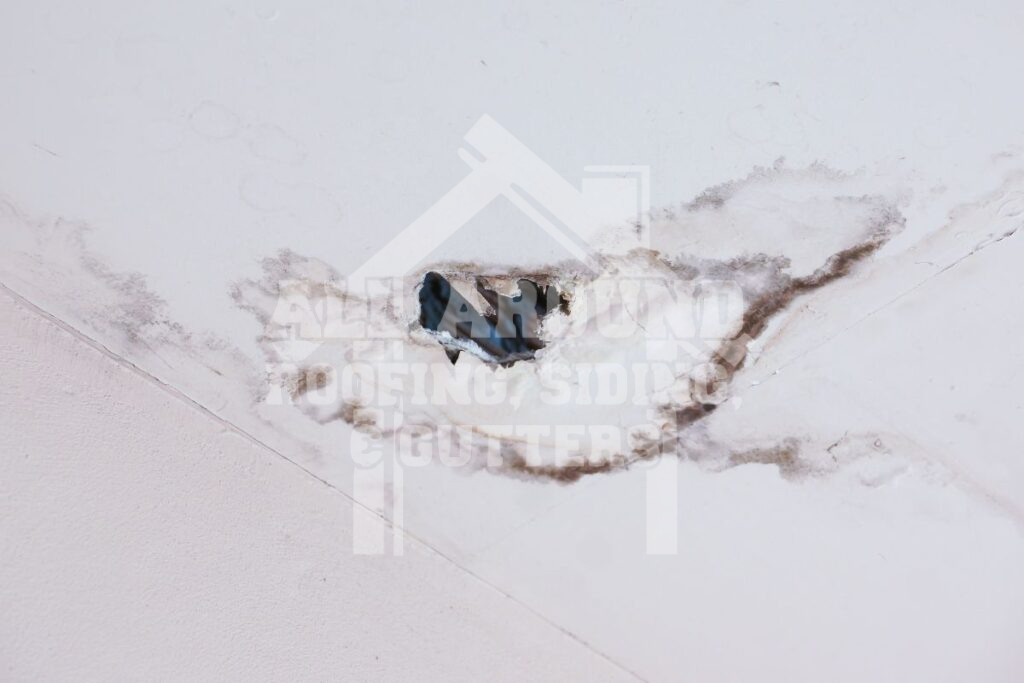
Water leaks are one of the most common problems with commercial roofs. They can result from accumulated water on the roof and damaged membranes. Moreover, if left unchecked, they can cause significant damage, including structural damage and mold growth. These can lead to further issues, including health issues for building occupants. Leaks often start small but can quickly escalate, especially during heavy rain or snowmelt. Identifying the early signs of water leaks can save your building from extensive water damage and costly repairs.
Signs of Water Leaks
Water leaks are one of the most frequent problems discovered during roofing inspections. Signs to look out for include:
- Stains or discoloration on ceilings and walls
- Dripping sounds during or after rainfall
- Presence of mold or mildew
- Musty odors
2. Ponding Water
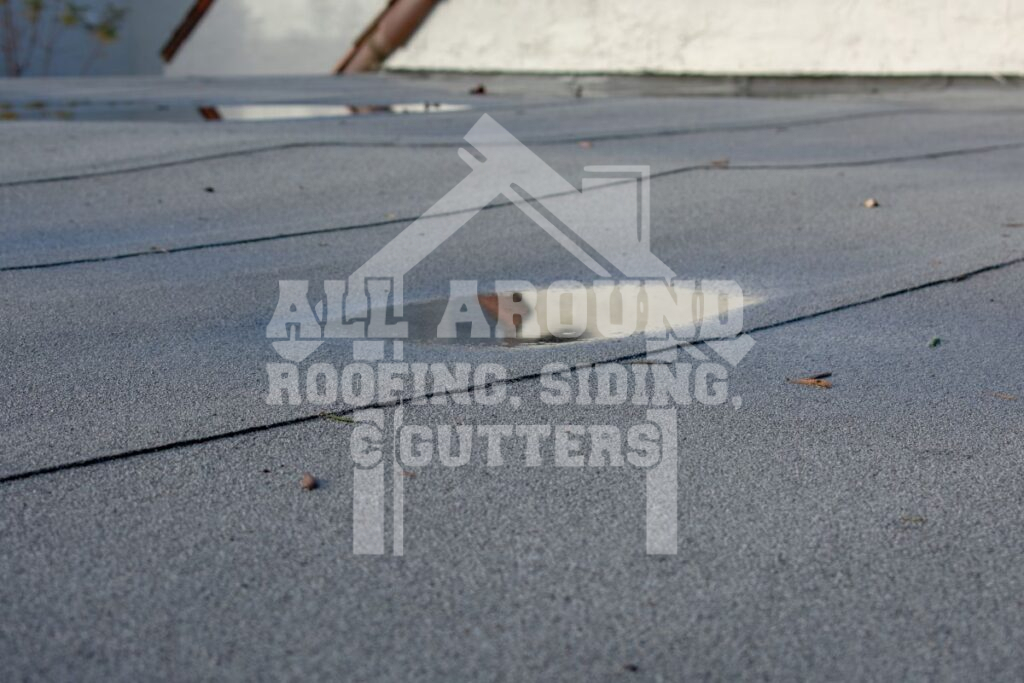
Commercial roofs have a natural tendency to accumulate water on the surface, and this issue can increase further if the drainage system is poorly working. Ponding water can lead to the deterioration of roofing materials and increased weight on the roof structure, potentially causing leaks or even roof collapse. Regular inspections and maintenance of your drainage system can help prevent ponding water and extend the lifespan of your roof. Addressing ponding issues early can save significant repair costs and avoid potential safety hazards.
Signs of Ponding Water
Ponding water refers to water that remains on the roof for more than 48 hours after a rainstorm. This can appear in the following ways:
- Visible water pooling in low areas
- Debris and dirt accumulation in pools
- Discoloration of roofing materials
3. Damaged Roofing Membrane
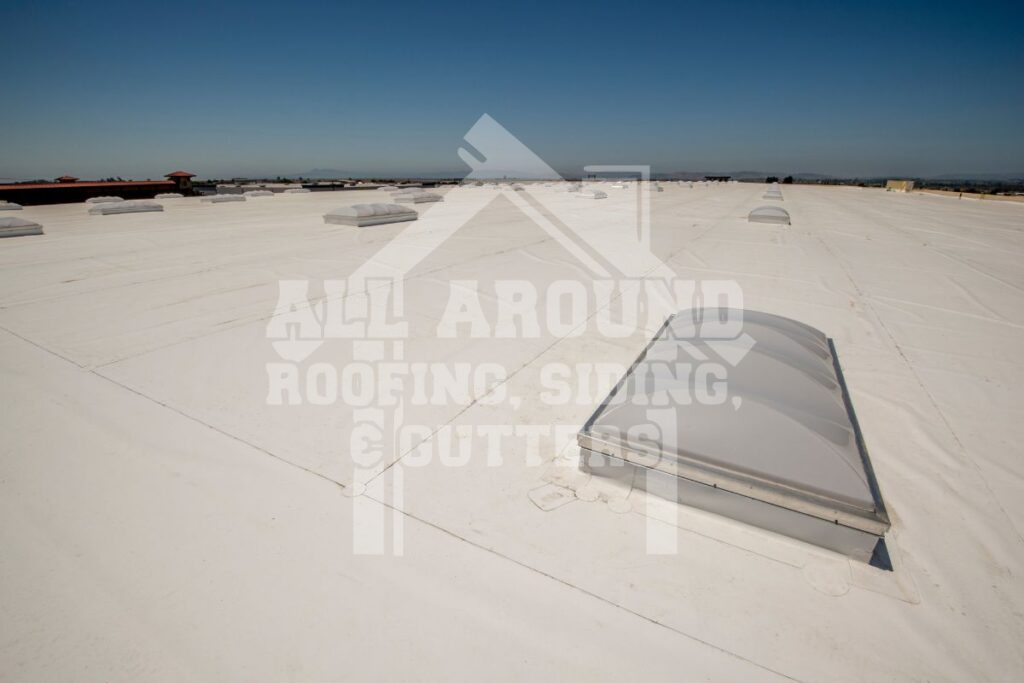
Commercial roofs can be built with different roofing membranes, each with its durability level and weather resistance. However, one thing is common: they can deteriorate due to age and prolonged exposure to UV rays and the elements. Damage to commercial roofing membranes can severely compromise the roof’s ability to protect the building. Apart from age and UV exposure, the most common causes of damage include weather-related wear and tear, physical impacts, and improper installation. A damaged membrane can lead to leaks and further damage to the roofing system and building interior.
Signs of a Damaged Roofing Membrane
The roofing membrane is a crucial component of a commercial roof. So, check for the following signs when inspecting your commercial roof:
- Visible tears, cracks, or punctures
- Blistering or bubbling on the surface
- Areas where the membrane has pulled away from the edges or seams
4. Flashing Issues
Flashing is the long metal or rubber strips installed around any penetration on the roof. They serve to prohibit water flow through gaps around these penetrations. However, they can also be damaged due to long exposure to moisture and elements. Issues with flashing are often caused by poor installation, weather damage, or age-related wear and tear. Damaged or improperly installed flashing can lead to water infiltration, especially around roof penetrations like vents, chimneys, and skylights.
Signs of Flashing Issues
Flashing is used to seal and protect joints and seams on the roof. Common signs of flashing problems include:
- Loose or missing flashing pieces
- Rust or corrosion on metal flashing
- Gaps or cracks around the flashing
5. Blocked or Damaged Drains and Gutters
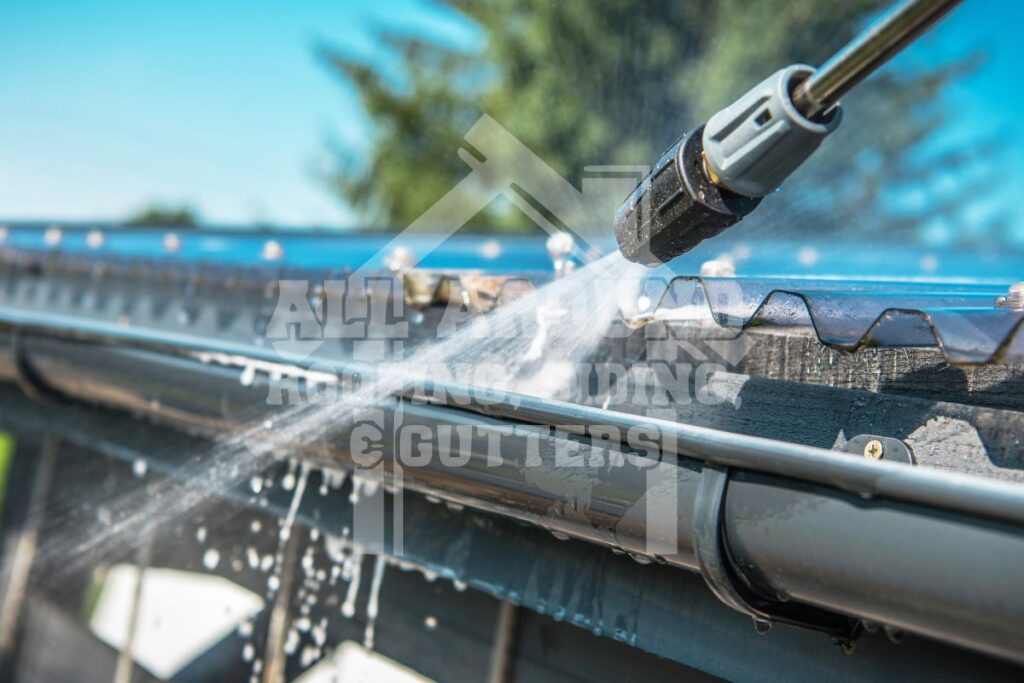
Commercial roofs are installed with drains and gutters to ensure water is directed away from the roof. These drains maintain the flow of water despite the natural tendency of flat roofs to accumulate water. When these drains get damaged or clogged, they can cause water to back up and pool on the roof, which can lead to leaks and damage. Keeping these components in good condition not only prevents water damage but also helps maintain the structural integrity of your roof and the safety of your building.
Signs of Blocked or Damaged Drains and Gutters
Adequate drainage is important for preventing water buildup on the roof. Signs of issues include:
- Overflowing gutters during rain
- Water stains on the exterior walls
- Accumulation of debris in gutters and drains
- Sagging or detached gutters
6. Improper Roof Installation
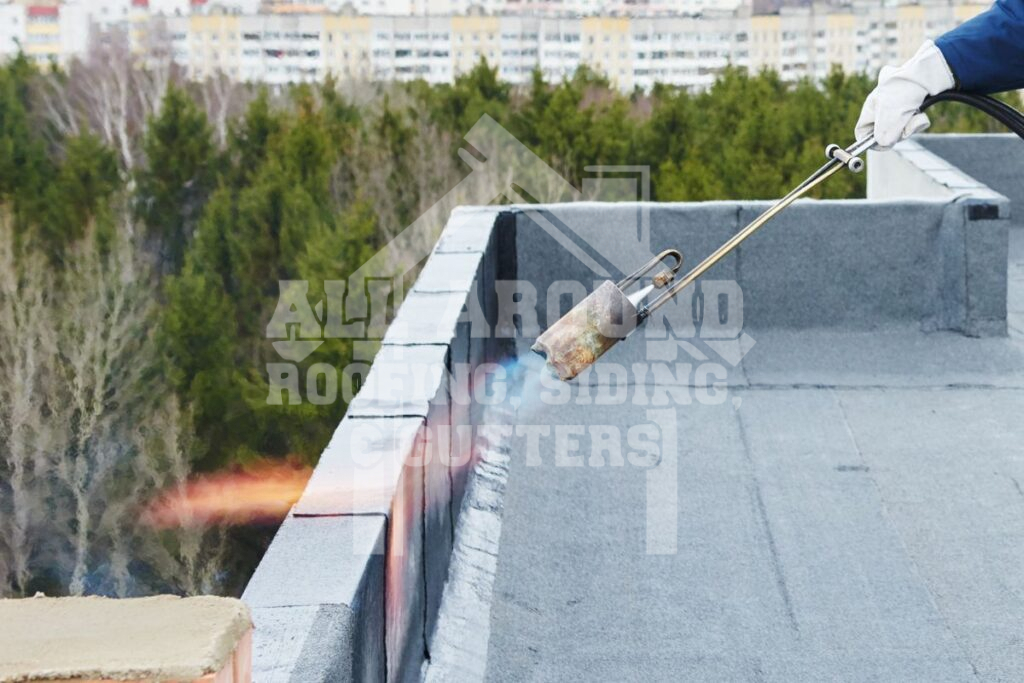
Regardless of the chosen roofing materials, proper roof installation is important. An improperly installed roof can lead to numerous problems down the line. Poor installation practices can compromise the roof’s integrity and performance, leading to premature failure and costly repairs. Ensuring that your roof is installed by experienced and reputable professionals is crucial for avoiding these issues.
Signs of Improper Roof Installation
The following signs indicate your roof has been improperly installed:
- Uneven or wavy roof surface
- Loose or missing roofing materials
- Poorly sealed seams and joints
- Inconsistent appearance of roofing layers
7. Vegetation and Mold Growth
Vegetation such as moss, algae, and even small plants can take root on a commercial roof, especially in damp and shaded areas. This growth can retain moisture against the roofing material, accelerating deterioration and increasing the risk of leaks. Regular roof cleaning and maintenance can help prevent vegetation growth and protect your roof from damage. Also, promptly addressing this issue can extend the life of your roof and maintain its protective capabilities.
Signs of Vegetation and Mold Growth
Look for these signs when inspecting your roof:
- Green or black discoloration on the roof surface
- Root systems penetrating the roofing material
- Accumulation of organic debris
Also Read – Why Regular Commercial Roof Maintenance Is A Necessity
Conclusion
If you notice any of these issues during your inspection, take immediate action to prevent further damage. Keep an eye on the roof and inspect it regularly, even if you are doubtful of any damage. This proactive approach will save you from future financial burdens and keep you aware of all the activities on the roof.
Contact Professional Roofers In Dayton, OH, For Your Commercial Roofing Needs
For expert assistance with your commercial roofing needs, contact All Around Roofing, Siding & Gutters, in Dayton, OH. Our professional services ensure your roof remains in excellent condition, protecting your investment and providing peace of mind. Don’t wait for small issues to become major headaches, schedule your commercial roofing inspection today and safeguard your building against future damage.

